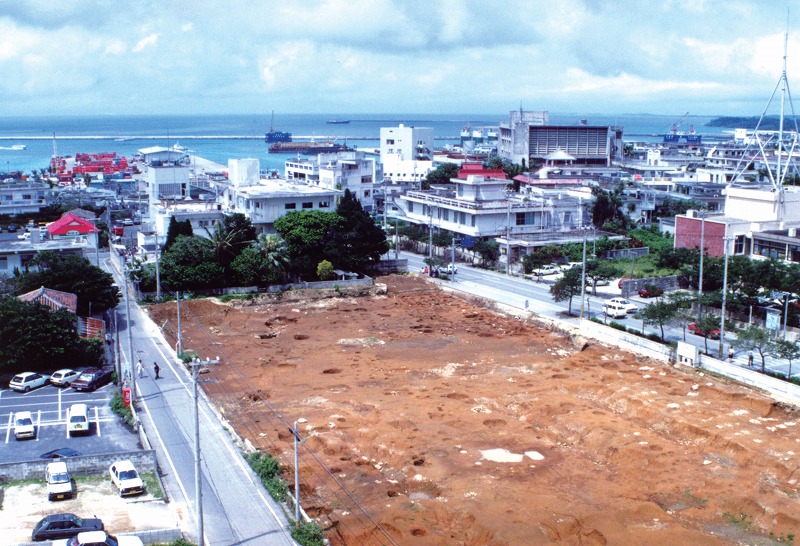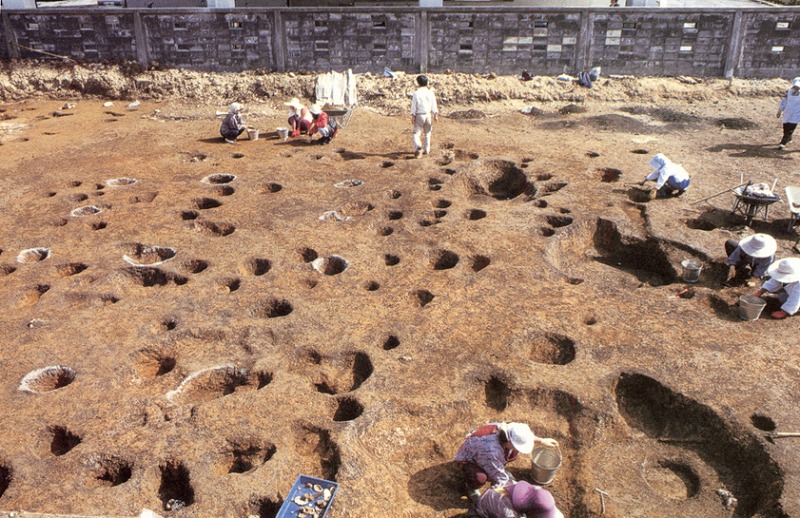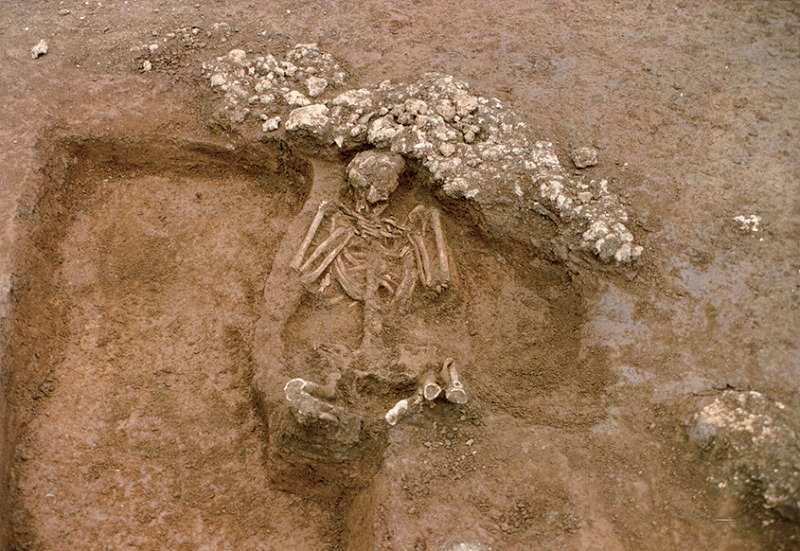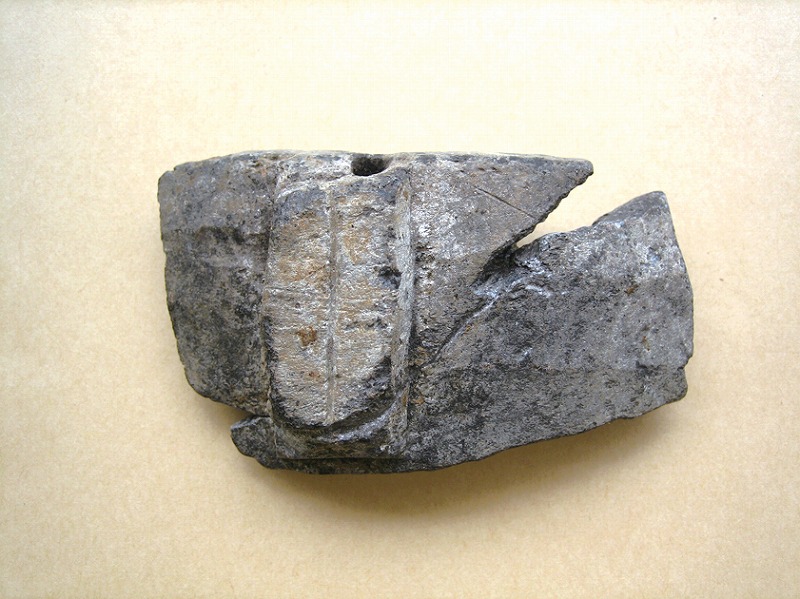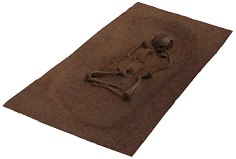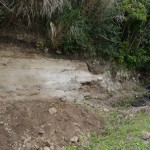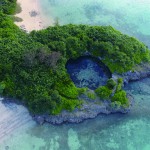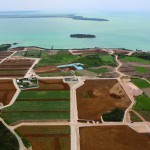【Designated by the City:Historic Site】Sumiya Remains (Known as Shiima)
The Sumiya Remains is a former settlement site from around the 14th to the 17th century. As a result of the two excavations that took place in 1982, one pit dwelling from the 14th century was discovered. Also unearthed were ground-level dwelling, stone-laid dwelling, circular building remains, firepit, water well, and other remains.
Unearthed relics include pieces of pottery, stoneware (weights and hammers), shell goods (weights and spoons), iron goods (small knives, short swords, nails), old coins (Kineigenpo and Mumonsen), glass marbles, carbonized grains and rice, animal and fish bones, shells, etc.
It is rare to find various types of dwellings in the same site where the age is very clear, which makes this site an important one to understand how the people lived in the past, and how their styles of homes changed over time.
This location is also where the Zaiban Kaiya was located in 1629.
A Zaiban is an official dispatched by the royal government of Ryukyu, to direct and oversee the officials on the island. They came in two-year rotations and the place where they stayed while dispatched here, was They came in two-year rotations and the place where they stayed while dispatched here, was called the Zaiban Kaiya.
Immediately after the abolition of the feudal domain in March of 1879, a police station was placed here and saw the start of the prefectural government. Later, the Miyakojima public office was established, and the location played an important role as official residences for the chief of the government office, chief of the branch office, governor of the Miyako civilian administration, governor of the Miyako Islands administration, and as the official residence of the chief of the Miyako district under the Ryukyu government.
As mentioned above, the location is an important historical site as a former site of settlement for the people dating back to the 14th to the 17th centuries, and as the heart of politics from the former era of feudal domain to the present, it helps us to understand the changes in the government system which directly relates to the people of Miyako.
≫View on a Google Map
3D PDF DOWNLOAD
*To View 3D PDF,you must have Adobe Reader version 8.1 or higher.
 宮古島アプリの綾道(あやんつ)トップページ
宮古島アプリの綾道(あやんつ)トップページ 宮古島アプリの綾道(あやんつ)の内容
宮古島アプリの綾道(あやんつ)の内容 宮古島の3つのルート
宮古島の3つのルート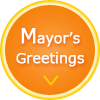 宮古島市長のあいさつ
宮古島市長のあいさつ 宮古島文化遺産紹介
宮古島文化遺産紹介